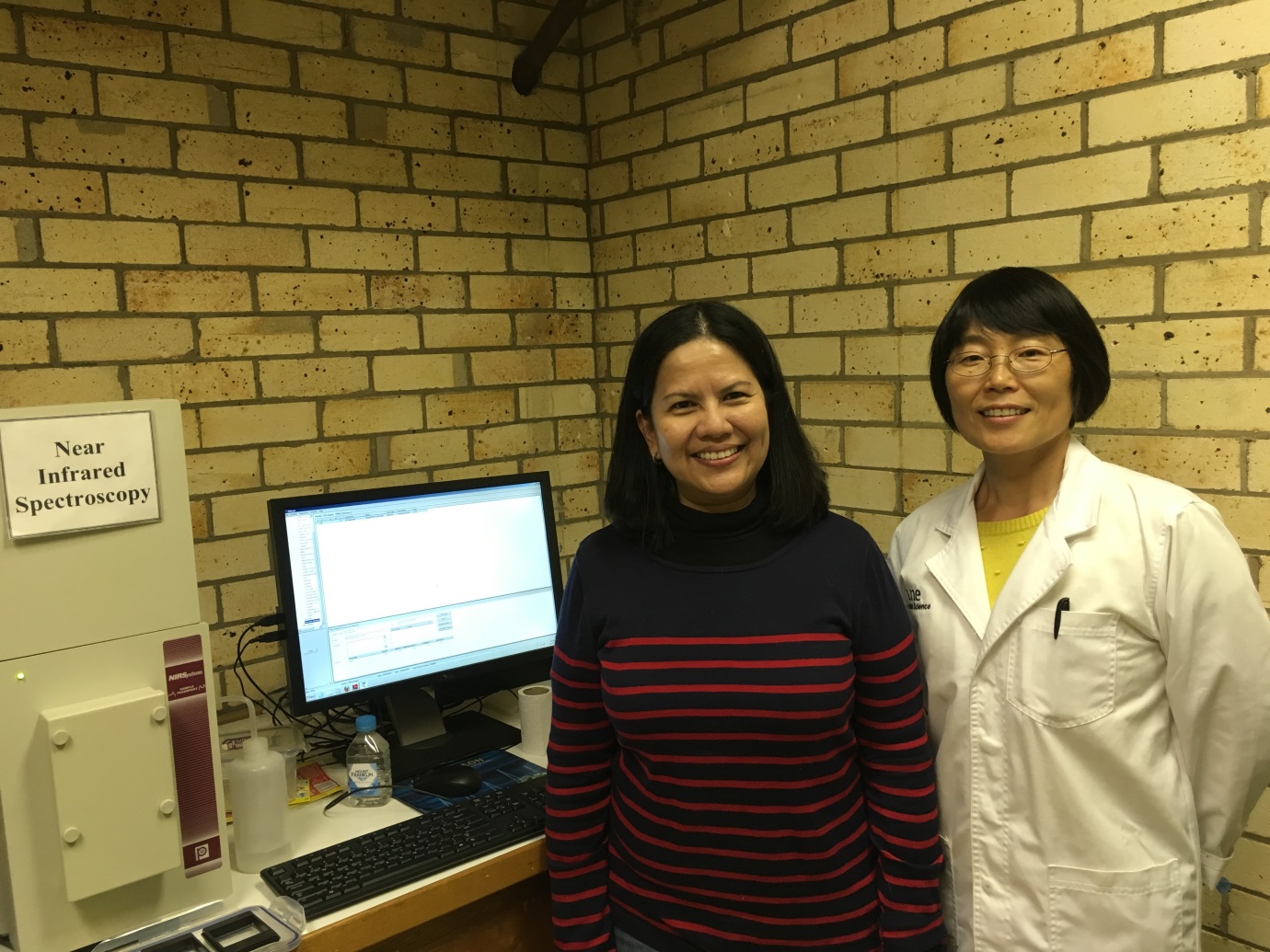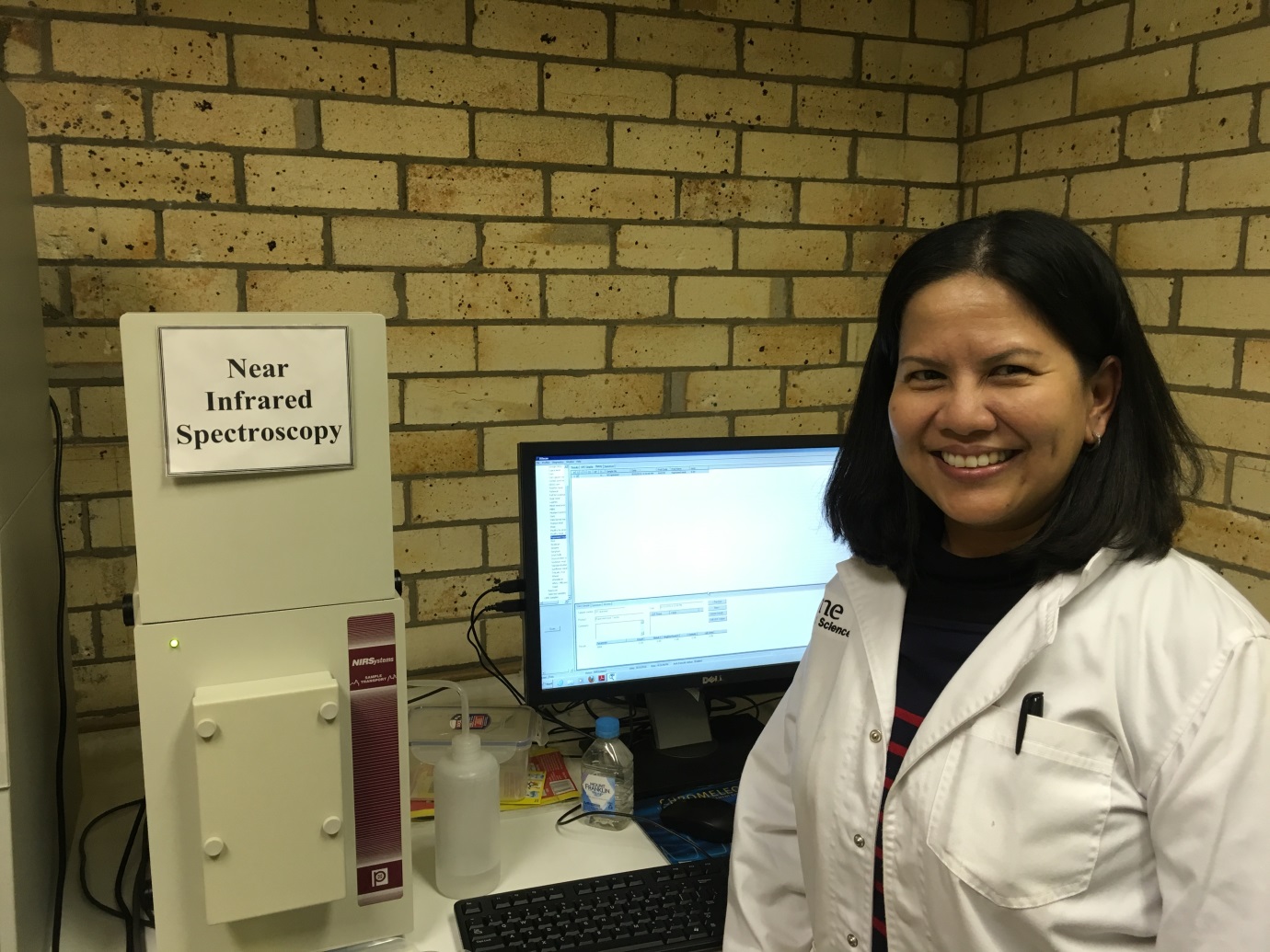World-wide, Poultry supplies the largest amount of animal protein for human consumption. Poultry production also has the lowest global warming potential among all livestock operations.
Husbandry, health care and nutrition constitute the major costs of poultry production. In fact, feed accounts for more than 60% of live production costs of poultry in Australia, highlighting the importance of continuous innovation in nutrition.
Nutrition research is conducted mainly at universities in Australia. Often, however, there is a considerable gap between university research and industry application. A recent joint initiative of the University of New England (UNE) in Australia and Evonik Industries has taken a major step towards narrowing this gap. Evonik Industries has set up a Near Infrared Reflectance Spectroscopy (NIRS) system at UNE, and provided access to their world-renowned amino acid database.
“UNE is the only institute in Australia that has been given this access”, said Professor Bob Swick of UNE. “This is recognition of UNE’s substantial work in animal nutrition. We are thankful to the immense goodwill of colleagues at Evonik Industries, in particular, Dr Girish Channarayapatna, Director of Nutrition and Technical Sales, and Ms Sheila Ramos, Technical Sales Manager for Asia South at Evonik Industries, Singapore, Ms Amy Liu of Evonik Industries, Australia, as well as many other industry colleagues who have made this exciting venture possible. We would also like to specifically thank our colleagues at AB Vista in the UK, in particular Hadden Graham for his efforts in supporting our essential software upgrade.”

Indeed, this is an important development for animal nutrition research in Australia and poultry nutrition research in particular. With this set up, amino acid analysis, a pillar for accurate diet formulation, is no longer a hurdle, which will enhance the power of any nutritional study conducted at UNE. “Being able to obtain the digestible amino acid values of ingredients before formulating diets, and then check the accuracy of the formulation within minutes using the NIRS technology will make nutrition research more relevant to industry”, said Greg Hargreave of Baiada Poultry.
The Poultry CRC is transitioning to Poultry Hub Australia at UNE from 1 July 2017. Poultry Hub Australia can only succeed in the long run if its activities align well with industry needs. UNE’s new capability to rapidly measure of digestible amino acids, coupled with a potentially more accurate net energy system, makes it well positioned to deliver robust, industry relevant research outcomes.


